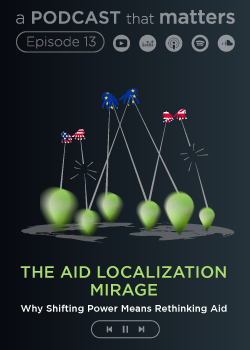Print

Drug-eluting Electrical Implant to Repair the Spinal Cord: DREIMS
Details
Locations:France, Germany, Spain
Start Date:Dec 1, 2023
End Date:Nov 30, 2026
Contract value: EUR 2,646,417
Sectors: Health, Research, Science & Innovation
Description
Programme(s): HORIZON.3.1 - The European Innovation Council (EIC)
Topic(s): HORIZON-EIC-2023-TRANSITIONCHALLENGES-01 - EIC Transition Challenge: Full scale Micro-Nano-Bio devices for medical and medical research applications
Call for proposal: HORIZON-EIC-2023-TRANSITION-01
Funding Scheme: HORIZON-EIC - HORIZON EIC Grants
Grant agreement ID: 101136411
Objective:
In Neurofibres (FET-PROACTIVE, 2017-2021), we accomplished a major therapeutic advance for spinal cord injury (SCI) by combining biomaterials, pharmaceuticals, and electrical stimulation into an innovative implant able to promote the closure of the spinal cord gap, with axonal regrowth and glial cell migration across large lesions in rodent and porcine models of SCI. In brief, the implant comprised biofunctionalized, conducting polymer-coated carbon microfibres (MFs) that promoted aligned neural cell growth across the lesion, embedded within a drugeluting hydrogel that filled the tissue defect and reduced fibrosis. These intraspinal elements were complemented with electrodes that provided biphasic electrical stimulation (ES) to the lesion and the perilesional tissue, thus inducing extensive neural regeneration. In Neurofibres (FET-PROACTIVE, 2017-2021), we accomplished a major therapeutic advance for spinal cord injury (SCI) by combining biomaterials, pharmaceuticals, and electrical stimulation into an innovative implant able to promote the closure of the spinal cord gap, with axonal regrowth and glial cell migration across large lesions in rodent and porcine models of SCI. In brief, the implant comprised biofunctionalized, conducting polymer-coated carbon microfibres (MFs) that promoted aligned neural cell growth across the lesion, embedded within a drugeluting hydrogel that filled the tissue defect and reduced fibrosis. These intraspinal elements were complemented with electrodes that provided biphasic electrical stimulation (ES) to the lesion and the perilesional tissue, thus inducing extensive neural regeneration.

